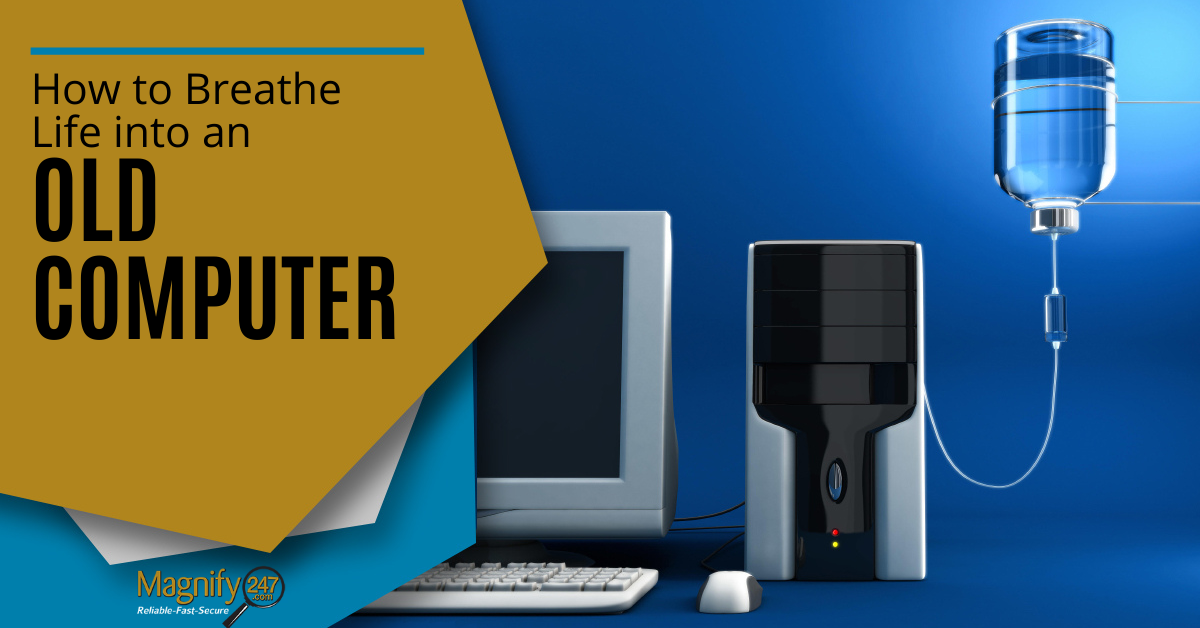
Computers are often tossed aside before their time. They get sluggish, have trouble upgrading, and cause endless frustration. After too many computer support calls, finally, whether a person wants to or not, they have to invest in a new system.
watch the video > https://youtu.be/CWgpE09p3JI
Or do they?
There are several things that can be done to breathe life into an older computer that can give it more years of usable life.
While the average computer replacement cycle is about 5 years, there are many users that hold onto their computers a lot longer. This is often caused by a combination of being comfortable with their system, having all their “stuff” on it, and not wanting to spend the cash to upgrade until they need to.
Whether you’re using a 2011 iMac or a Windows laptop from eight years back, you have multiple options when it comes to keeping your system running effectively for a few more years.
Useful Upgrades for an Older Mac or Windows Computer
Is your PC running into age-related issues? Don’t give up on it yet. There are several useful upgrades that can speed it up and help you get around problems, like the inability to update the operating system.
Upgrade the Memory
Are newer websites full of ads and memory-heavy applications causing your computer to stick and stop responding?
If you have the ability to add memory, that can often make it feel like you’ve got a whole new computer that’s faster than ever.
Newer programs often are built for newer computers. So, older models with less memory can get sluggish and freeze up trying to handle them. If you can double or triple the memory in your computer, you’ll see a significant speed boost instantly.
Change from an HDD to an SSD
Solid-state drives (SSDs) offer faster response times than traditional hard disk drives (HDDs). This is because of the way they write data using flash memory and the fact that they do not have any moving parts, unlike HDDs.
SSDs have read/write speeds approximately 4x faster than HDDs.
Most older computers will have an HDD, because solid-state drives weren’t in widespread use in consumer “off the shelf” computers until more recently as prices have come down.
Many older PCs can benefit in speed and performance by replacing an older HDD with an SSD.
Install Linux as an Alternative Operating System
Most users just stick with the operating system type that comes with their computer and don’t even realize that Linux is another choice they have.
Linux is an alternative to both the Mac and Windows operating systems. It’s a great option for older computers that need an affordable refresh and are stuck “back in time” in an older macOS or Windows version.
Running an older operating system, like the unsupported Windows 7, can leave your computer at risk of a malware infection or breach. Often older systems can’t upgrade, so Linux makes it possible to keep them secure and running efficiently.
Some of the advantages of using Linux Mint include:
- Security: Linux is a more secure OS than Windows and not nearly as popular for hackers to attack with malware.
- Software Manager: Newer versions of Linux have included user-friendly features like Mint’s Software Manager. It makes installing software just as simple as it is on macOS or Windows.
- Can Run on Older Systems: A big advantage to Linux is that it is lightweight. This means many older systems have no trouble installing it. You just need an x86 processor, 1GB of RAM, CD/DVD drive or USB port, a graphics card that can do 1024×768 resolution, and 15GB of disk space.
- It’s Free: Linux Mint is open source, so it won’t cost you anything to use it. If you don’t like it, it’s easy to revert back to your old OS, and you haven’t lost a dime on software.
Upgrade the Monitor
Do you lose productivity because you constantly have to switch between programs and can’t fit two side by side on the screen?
If you’re having a problem with screen real estate with an older computer, you can try an upgrade to a larger monitor or adding a second monitor.
Using dual monitors can completely change your computing life and give you a lot more area to work with. To support a newer monitor, you may need to also upgrade your graphics card, depending upon your system.
Clean It Up (Inside & Out)
If your older computer hasn’t had a system tune-up in a while, this could help speed things up quite a bit. Tune-ups include things like defragmenting the hard drive, removing temporary files, and optimizing your settings for performance.
A dusting and cleaning of parts, like the fan, can also help alleviate any problems causing overheating, which can lead to sudden reboots and poor performance.
Need Help Rejuvenating that Older Computer?
You may not need to toss aside that old computer quite yet! Magnify247.com can help you through any of the above optimizations to breathe new life into your PC.






